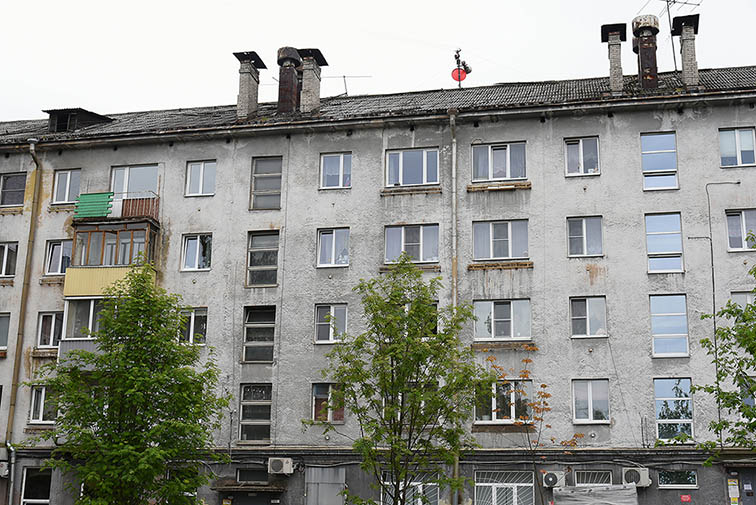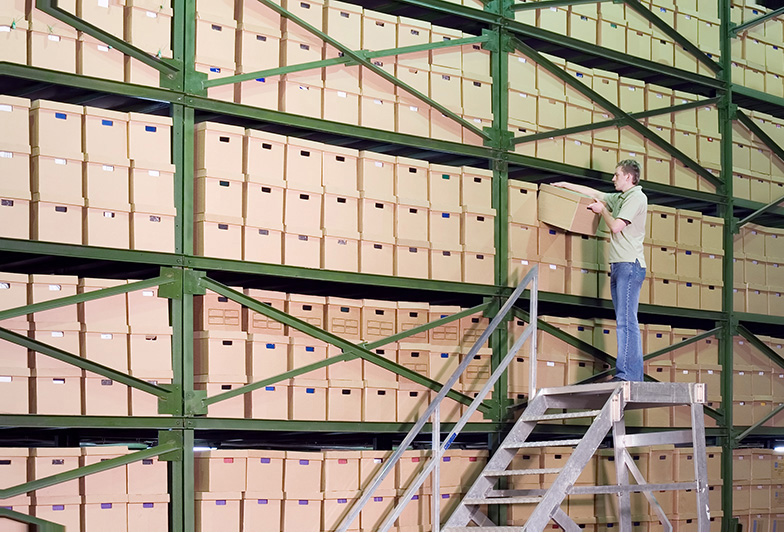Experimental statistics
The aim of experimental statistics is to seek new ways of producing statistics that would allow users quick and convenient access to relevant and necessary information.
To produce experimental statistics we use:
- data linking and combining;
- new data sources (e.g. electricity consumption data of Elering, data of mobile network operators);
- new methods (e.g. web scraping, machine learning);
- modern visualisation solutions (e.g. R Shiny and Flourish).
The output of experimental statistics may diverge from the traditional requirements of official statistics such as harmonisation, coverage, comparability (geographical and over time) and tried and tested methodology.

Current projects
The experimental statistics team is going to publish data on the enterprises of e-residents. Our task is to develop a methodology that would allow a regular overview of how many new enterprises are registered by e-residents and what is the success and economic activity level of these enterprises (declared payments, taxes, turnover and number of employees).
Commissioned by:
Enterprise Estonia
Data sources:
data of the Police and Boarder Guard Board, statistical register of economic units, commercial register, data of the Tax and Customs Board
Authors:
Eve Telpt, Kaja Sõstra
A methodology is being developed to determine organisations with research and development activities. Often in the business sector, people do not know how to differentiate between innovation and R&D, and sometimes they do not realise that they are actively engaging in R&D. It is in the interests of the state to observe where, how and how many R&D activities are realised and where the biggest contributions are made.
This information allows the state to support development activities and motivate introducers, strengthening the foundation of Estonia’s economic success.
Commissioned by:
Ministry of Economic Affairs and Communications
Data sources:
statistical activities of Statistics Estonia, data of Enterprise Estonia, ARIB, Estonian Research Information System, Tax and Customs Board
Author
Jaan Õmblus
The value chain model helps to find out who earns or does not earn, whose business activities make the most sense and who is just spending time and paying extra to stay in business. The model helps to find bottlenecks in the economy where demand exceeds or is starting to exceed supply and where it is reasonable to invest.
The model also shows the areas of the economy where one should be especially careful and, when possible, convert the means of production into money. It also gives a complete picture of the economy, which shows where exactly value is created, how welfare is improving and what should be done in economic policy design to increase the overall standard of living faster. It is an experiment to try to explain the formula of creating wealth at the level of enterprises as well as the state.
Commissioned by:
Ministry of Economic Affairs and Communications and Ministry of Finance
Data sources:
data of the Tax and Customs Board
Author
Jaan Õmblus

Experimental statistics elsewhere
Completed projects

What influences youth towards entrepreneurship?
Today's young entrepreneurs may well shape our future economic prosperity. But who are Estonia's young entrepreneurs and what are the factors influencing youth towards entrepreneurship?

Classification of goods by textual description: an applied study
All countries involved in foreign trade are likely to feel the need for automatic classification of goods as there are numerous commodities, different goods have different tax rates and countries are interested in the structure of trade. Is it possible to automate the assignment of commodity codes using the text of the commodity description, and if so, to what degree of accuracy?

Analysis of the labour market status of men who have completed conscript service
How do men who have completed conscript service fare on the labour market, compared to men who have not been conscripts? Do men who have completed conscript service earn higher or lower wages? What stands out about those who served in the Cyber Command?
Read more here.

Analysis of the economic impact of international students
How active are international students in the Estonian labour market? What is their impact on the local economy during studies and after graduation? How do international students differ from local students? The analysis focused on the participation of international students in the Estonian labour market and its impact on the economy.
Read more here.

Professional life cycle of teachers in 2015–2022
How do teachers stay in the teaching profession, and when and to which posts do they move on? Where do the young teachers go? These are the questions we sought to answer in the contract work carried out in spring-summer 2022.
Read more here.

Earnings application
What are the median wages for different occupations in the various counties of Estonia? How much do earnings of men and women differ? What do the wage and pension projections suggest? The earnings application shows the labour market situation and differences in the gross monthly earnings of employees by sex, county, and occupation. The application allows to compare one's earnings with those of people in the same and in other occupations, as well as the earnings of men and women, and to predict salary growth and future pensions.
Read more here.

Project on emptying blocks of flats
At the request of the Ministry of Finance, Statistics Estonia analyses the electricity consumption of blocks of flats to identify empty dwellings across Estonia. This is a further step towards tackling the problem of empty blocks of flats at national and municipal level.
Read more here.

Emptying blocks of flats in Valga and Lüganuse rural municipalities and Kohtla-Järve city
How many blocks of flats are there in Kohtla-Järve city and Lüganuse and Valga rural municipalities in which all or most dwellings are unoccupied? Can this question be answered by looking at electricity consumption data? We prepared an analysis, using place of residence registrations and electricity consumption data, to determine how many of the flats in the blocks of flats in Kohtla-Järve city and Lüganuse and Valga rural municipalities are empty.
Read more here.

Mobility analysis
How did the Estonian society respond to the measures implemented during the emergency situation? Did people stay more local? Statistics Estonia, in co-operation with mobile network operators, analysed, based on anonymous mobile phone data, the mobility of people before and during the emergency situation. The project lasted from 20 February to 17 May 2020.
Read more here.

Analysis of social gaps
How great is inequality in Estonia and how is it divided? As part of the analysis, 11 person profiles were created to depict social gaps and inequality in Estonia. The profiles included a person’s household type, number of children in the household, as well as age, sex, education, ethnic nationality, place of residence, disability and its degree, income, employment, benefits received, distance between place of residence and place of work, health status and satisfaction with life.
Read more here.

Overviews of small regions and population groups
How many people are affected by a planned new law or amendment? For an analysis of the impact of legislation, we compiled overviews of specific population groups. For example, we studied the coping of small ethnic groups and prepared overviews on the young. There were also summaries of social tax payments of sole proprietors compiled.
Read more here.

Economic impact of foreign visitors in Tallinn
How do foreign visitors affect employment and tax income in Tallinn? The analysis focused on the consumption of goods and services by foreign visitors to Tallinn and assessing its impact on the city’s economy, value added, gross domestic product, number of enterprises and employees as well as tax income.
Read more here.

Labour policy indicators
What is the labour market situation of males and females, Estonians and other ethnic nationalities, inhabitants of Tallinn and Tartu, people with higher or basic education, parents and people without children? How have employment, unemployment and other employment indicators changed in population groups?
Read more here.

Statistics on electoral districts
How many people in my electoral district are affected by the most common election promises? How many old-age pensioners, kindergarten-aged children or public transport users are in my electoral district compared to the rest of Estonia?
Read more here.

Risks, opportunities and economic impact of excise policy in border trade conditions
Why did the difference in alcohol prices in Estonia and Latvia become unbearable, making it popular to buy alcohol in Latvia? How could this purchase behaviour be changed and how should policies be designed to avoid such situations?
Read more here.

Health profiles
How does an average diabetes patient in Estonia cope with daily life? How often do persons with diabetes visit the doctor? What is their health behaviour like – are they active every day, do they smoke or drink alcohol? Do they get support from the family when they have concerns?
Read more here.

Priority target groups of adult education
Which population groups participate more actively in adult education? What is the breakdown of adult education priority target groups by county, in Tallinn and Tartu cities? The analysis gives an overview of the potential priority target groups for adult education in Estonia.
Read more here.
